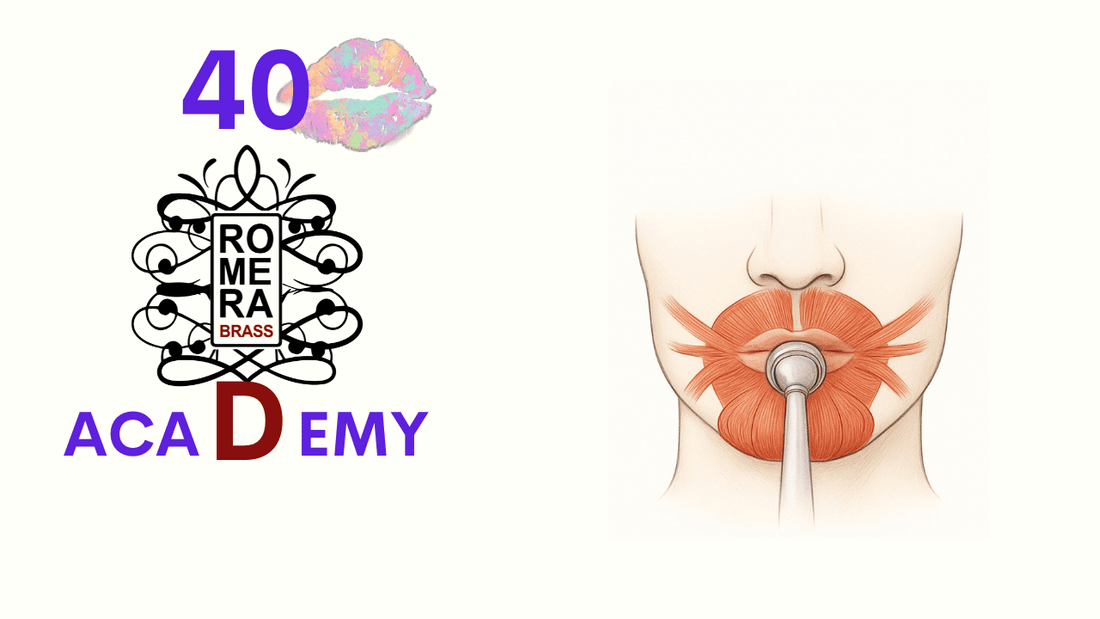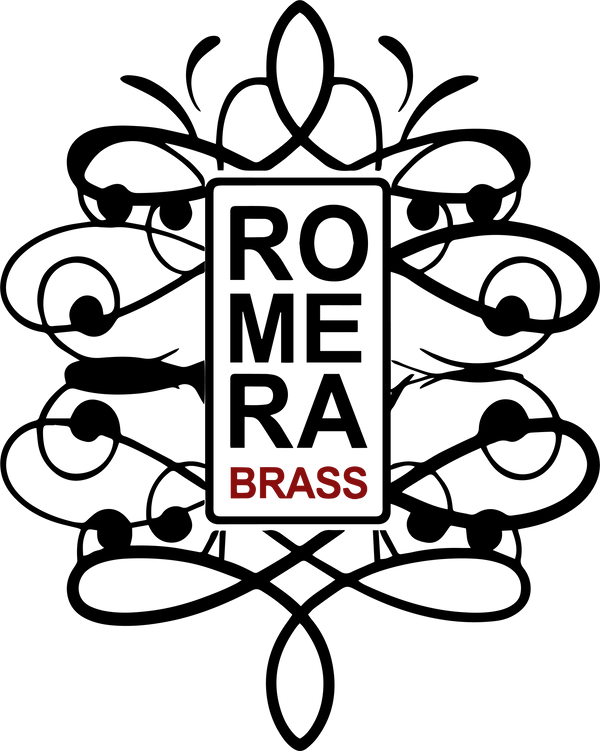
40. What role do the lip and the muscles around it play when we play a brass instrument?
Share
NOTE: Transcript of the video text, you can translate it to other languages with a translator.
Greetings MetalHeads
I've realized that every time I talk about mouthpieces, sooner or later the topic of the lip comes up: if it is thin, thick, how it vibrates... Depending on how your lip is, the shape (rounded, semi-flat...) may vary or you might need a ring with more or less inner or outer diameter.
In this post I'm not talking about mouthpieces, but the lip is so important that I think it's worth dedicating a few minutes to it.
And you, how is your lip?
Without further ado, let's begin!
When we talk about the “lip,” we are actually referring to something much more complex than just what we see on the outside.
The lip by itself cannot move, stretch, or vibrate, because it is actually a fleshy part, like earlobes: they don't move on their own... or at least I can't.
What allows us to stretch, squeeze, or relax the lip to make it vibrate and play our instrument is a set of muscles that surround it.
The main one is the orbicularis oris muscle.
This muscle surrounds the entire mouth and acts like a ring. We can stretch it, contract it, wrinkle it, tense it, relax it... and most importantly: it is directly responsible for allowing us to close and press the upper lip against the lower one to produce vibration.
But it is not alone. There are other muscles that influence a lot.
To avoid boring you with technical names, if you have more interest or information you can share it with all of us.
In the post description on my website, I leave you a bit more information.
I see musicians who have air escaping from the corners of their lips.
Others have problems in the high register because they cannot apply enough pressure with the muscles and cannot close the lip firmly.
There are also those who feel their cheeks or lips tremble when playing.
All this can be a sign that the orbicular muscle is not in top shape and cannot apply enough pressure.
There are also musicians who do many exercises, even with weights or excessive vibration, to “strengthen” the orbicular muscle.
It's good to do exercises, but I think in moderation.
If we overdo it, problems can arise: muscles become stiffer, lose elasticity… and that also affects the sound.
it is tighter, more tense… you know, more clenched
In summary
The lip, although it seems simple, is the most important part for producing a good vibration and, with it, a good sound.
But by itself it does nothing: it needs a good team of muscles, especially the orbicularis, to keep it firm and elastic.
Properly moisturizing the skin and doing exercises wisely (without overdoing it) is key to keeping the lip and surrounding muscles in good shape.
I hope this chapter, which might be a bit unusual, has interested you.
I'm Toni Romera and I look forward to your questions and comments.
Greetings and lots of music.
📚 Additional information about the lip muscles
When we talk about the muscles involved in lip vibration, the main one is the orbicularis oris muscle, which acts like a ring around the mouth and allows contraction, pressure, and closure movements.
But this muscle does not work alone. Other muscles also play an important role in controlling the embouchure:
- Zygomatic muscles (major and minor): They help raise the corners of the lip, essential for adjusting the shape of the embouchure.
- Buccinator: Located in the cheeks, it helps maintain air pressure toward the center of the mouthpiece, preventing it from escaping through the sides.
- Upper lip elevator and lower lip depressor: They allow precise adjustment of the lip's vertical position.
- Risorius muscle: Helps to stretch the lips laterally.

